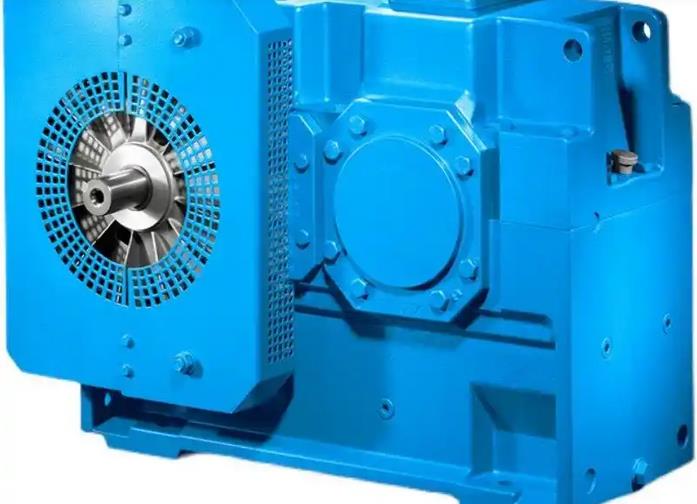How to determine if Siemens gearbox gears are severely worn
judge Siemens Whether the gears of Siemens reducers are severely worn can be addressed from the following aspects:VISUAL INSPECTION
Tooth surface observation: Open the inspection hole of the reducer and directly observe the tooth surface of the gear. If there are obvious wear marks on the tooth surface, such as pointed tooth tips, narrowed tooth roots, obvious grooves or peeling pits on the tooth surface, it indicates that the gear wear is severe. A normal tooth surface should be smooth and flat, without obvious damage or deformation.

Tooth thickness measurement: Use a caliper or specialized gear measuring tool to measure the tooth thickness of the gear. Compare the measured values with the original design dimensions or standard values in the equipment manual. If the wear of the tooth thickness exceeds the specified tolerance range, it usually indicates severe gear wear. Generally speaking, when the tooth thickness wear exceeds 10% -15% of the original tooth thickness, it is necessary to consider replacing the gear.
Running status monitoring
Noise analysis: When the gearbox is running normally, the noise is relatively stable and small. If the gear is severely worn, abnormal noise will be generated during operation, such as sharp whistling, periodic knocking or vibration noise. This is because wear leads to uneven tooth surfaces, decreased gear meshing accuracy, causing impact and vibration, resulting in abnormal noise.
Vibration detection: Measure the vibration of the reducer through a vibration tester. Severely worn gears can significantly increase the vibration amplitude of the gearbox, and the vibration frequency may also change. Generally speaking, when the vibration acceleration exceeds the specified threshold, such as 5-7 m/s ² (different models of reducers have different thresholds), it indicates that the gears may have severe wear, leading to unstable operation.
Temperature monitoring: Severe gear wear can lead to increased friction during meshing, resulting in an increase in the temperature of the gearbox. If the temperature of the gearbox is significantly higher than usual under normal load and operating conditions, exceeding the specified working temperature range (usually 60-80 ℃), it may be caused by gear wear.
oil analysis
Iron chip content detection: Regularly extract lubricating oil from the gearbox and detect the iron chip content in the oil through magnetic rod adsorption or oil ferrography analysis. If the oil contains a large amount of iron filings, it indicates that there is severe wear on metal components such as gears, as iron filings are mainly generated by the surface wear and detachment of gears.
Oil contamination detection: In addition to iron filings, it is also necessary to detect the contamination level of the oil, including impurities, moisture, and other contents. The metal particles generated by gear wear can increase the pollution level of the oil, and at the same time, wear may lead to poor sealing, allowing external impurities and moisture to enter the oil, further affecting the performance and lubrication effect of the oil.
performance testing

